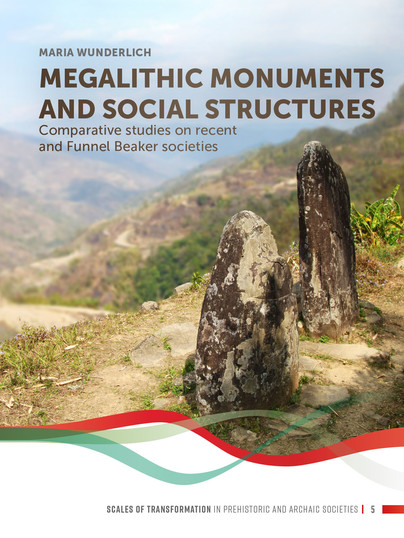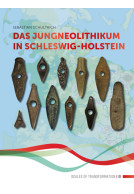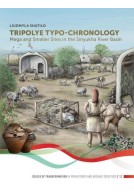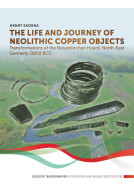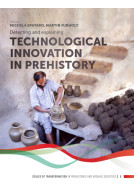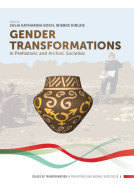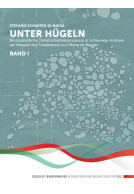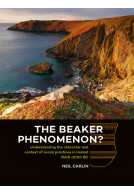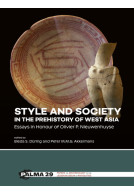Google Books previews are unavailable because you have chosen to turn off third party cookies for enhanced content. Visit our cookies page to review your cookie settings.
Megalithic Monuments and Social Structures (Hardback)
Comparative Studies on Recent and Funnel Beaker Societies
Imprint: Sidestone Press
Series: Scales of Transformation
Pages: 450
Illustrations: 246fc/114bw
ISBN: 9789088907876
Published: 7th November 2019
Script Academic
Series: Scales of Transformation
Pages: 450
Illustrations: 246fc/114bw
ISBN: 9789088907876
Published: 7th November 2019
Script Academic
Please note this book may be printed for your order so despatch times may be slightly longer than usual.
You'll be £195.00 closer to your next £10.00 credit when you purchase Megalithic Monuments and Social Structures. What's this?
+£4.99 UK Delivery or free UK delivery if order is over £40
(click here for international delivery rates)
Order within the next 2 hours, 21 minutes to get your order processed the next working day!
Need a currency converter? Check XE.com for live rates
(click here for international delivery rates)
Order within the next 2 hours, 21 minutes to get your order processed the next working day!
Need a currency converter? Check XE.com for live rates
Megalith building constitutes not only a past, but also a recent phenomenon, which is still practised today. The documentation and interpretation of recent megalith building traditions is offering potential aid in the interpretation of prehistoric monuments. Fieldwork in Sumba and Nagaland set up a frame to answer questions such as: Who is buried in the megalithic tombs and what kind of commemoration is connected to megalithic monuments? How are socioeconomic characteristics of the associated households and societies reflected in the megaliths?Megalithic monuments and social structures includes various archaeological and ethnoarchaeological case studies on social implications of megalith building activities from a comparative perspective. The case studies presented include recent megalith building traditions in Sumba, Indonesia, Nagaland, North-East India, as well as Neolithic Funnel Beaker communities in today’s Northern Germany and Southern Sweden.This book presents a rich body of new data. By taking into account recent examples of megalithic construction, knowledge on important and influential ways of acting within societal contexts was expanded, whereby above all decentralised and communally-designed mechanisms are important. The case studies presented here clearly demonstrate the importance of cooperative and competitive structures and their effect on feasting activities and megalith building. Additionally, megalithic monuments represent a way of expressing and materialising economic inequality and social prestige. These mechanism and aspects also represent interpretations regarding Funnel Baker societies, which can supplement the existing ideas of megalithic construction in Neolithic Northern Europe.
Other titles in the series...
Other titles in Sidestone Press...







